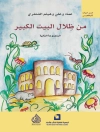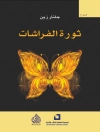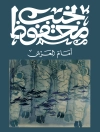Essay from the year 2012 in the subject Didactics for the subject English – Literature, Works, grade: A, Northern Arizona University, course: Graduate Research, language: English, abstract: Thomas Hardy is often identified as a transitional figure between the Victorian and Modern eras, and, as Gossin has said, Hardy’s 1895 novel Jude the Obscure, “fashioned a fictional narrative mode that closely resonates with what Alan Velie has identified as, ‘perhaps the most common form of narrative in modern fiction’— ironedy” (Gossin 224). In synthesizing this new style of ironic comedy, Hardy simultaneously transformed both the gothic and bildungsroman genres of literature, giving English literature a remarkably influential addition to the canon. Jude Fawley was himself sui generis for a story that was predominately one of terror gothic, for the genre had long been associated with female writers and lead characters. Though male authors and lead characters became prominent in gothic’s second wave in the 1880s, the male characters were usually depicted in effeminate ways— Stevenson’s home-bound Dr. Jekyll, for instance, or Wilde’s aesthetic Dorian Gray—and female characters were almost completely absent from the narratives. Jude, on the other hand, was the first convincingly heterosexual man in the genre to explicitly fall victim to a patriarchal society.
A propos de l’auteur
MA, English, Northern Arizona University, 2012.












